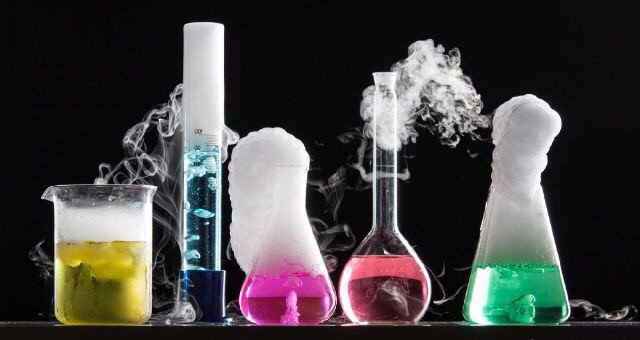As a scientist, researcher, or student, working in a laboratory can be both exciting and challenging. However, it is important to remember that laboratories can also be dangerous places if proper safety measures are not taken. One of the most important aspects of lab safety is the use of appropriate safety equipment. In this article, we will explore what lab safety equipment is, why it is important, and the different types of equipment available.
What is Lab Safety Equipment?
Lab safety equipment refers to the various tools and devices used to protect individuals and the environment from hazards in a laboratory setting. These hazards can include chemical spills, fires, explosions, and exposure to harmful substances. Lab safety equipment is designed to prevent accidents and minimize the risk of injury or damage.
Why is Lab Safety Equipment Important?
Lab safety equipment is important for several reasons. Firstly, it protects individuals from harm. Accidents can happen in a laboratory setting, and the consequences can be severe. Safety equipment can prevent or minimize injuries, such as burns, cuts, and exposure to harmful substances.
Secondly, lab safety equipment protects the environment. Many laboratory experiments involve hazardous chemicals or materials that can be harmful to the environment if not handled properly. Safety equipment can prevent spills and leaks, reducing the risk of contamination.
Finally, lab safety equipment is often required by law or regulations. Many countries have strict regulations regarding laboratory safety, and failure to comply can result in fines or legal action.
Types of Lab Safety Equipment
There are many different types of lab safety equipment available, each designed for a specific purpose. Some of the most common types of equipment include:
- Personal Protective Equipment (PPE): PPE includes items such as gloves, goggles, lab coats, and respirators. These items are designed to protect individuals from exposure to hazardous substances.
- Fire Safety Equipment: Fire safety equipment includes fire extinguishers, fire blankets, and smoke detectors. These items are designed to prevent and control fires.
- Chemical Spill Kits: Chemical spill kits include absorbent materials, gloves, and goggles. These kits are designed to contain and clean up chemical spills.
- Fume Hoods: Fume hoods are ventilation systems that remove hazardous fumes and vapors from the laboratory.
- Emergency Showers and Eyewash Stations: These items are designed to provide immediate relief in case of exposure to hazardous substances.
Conclusion
In conclusion, lab safety equipment is an essential aspect of laboratory safety. It protects individuals, the environment, and is often required by law. There are many different types of lab safety equipment available, each designed for a specific purpose. By using appropriate safety equipment, you can minimize the risk of accidents and ensure a safe and productive laboratory environment.


